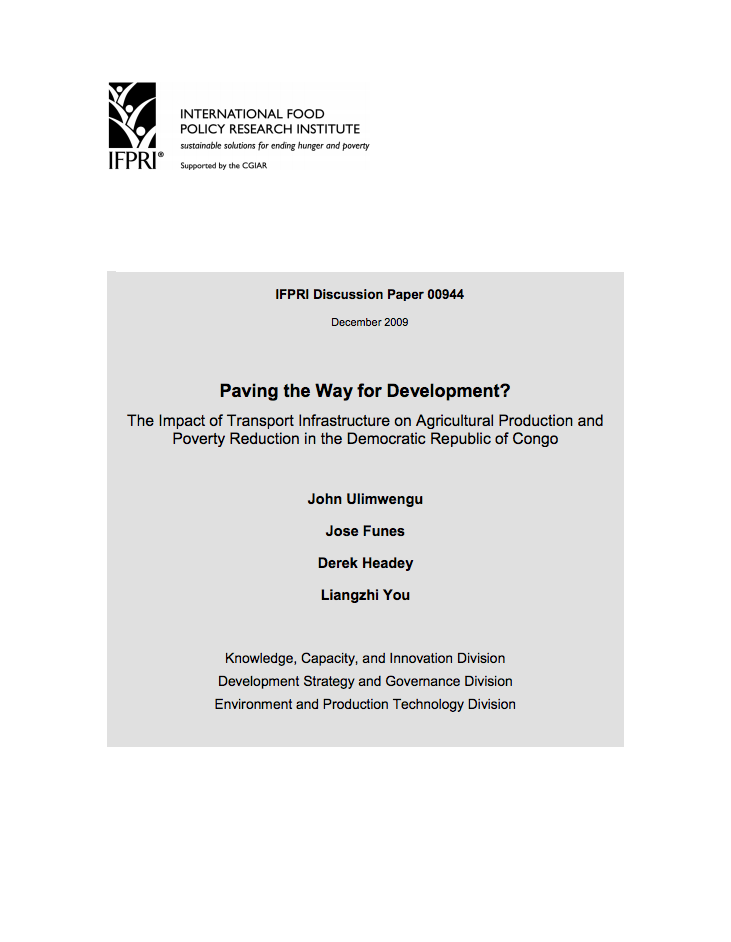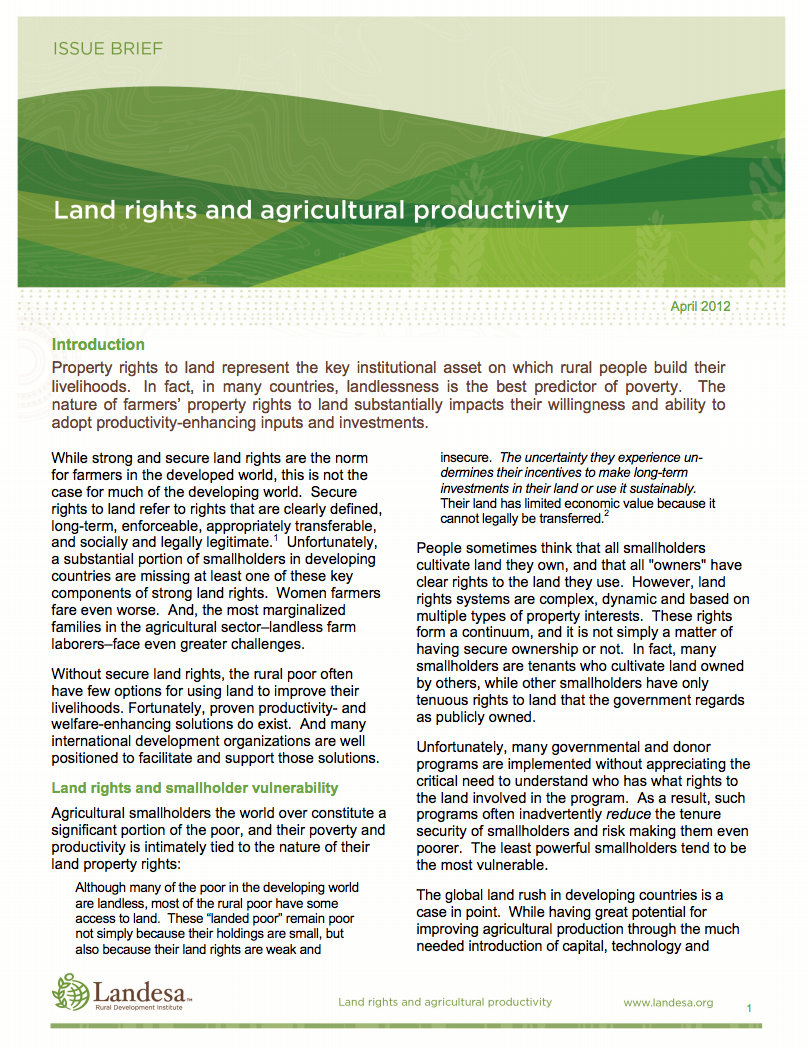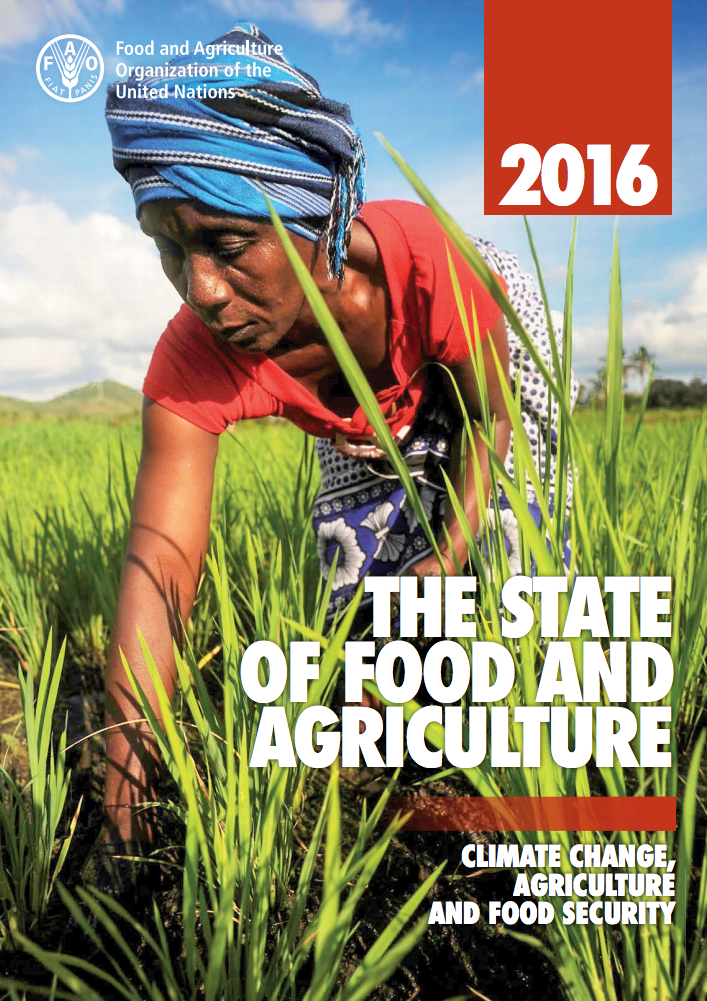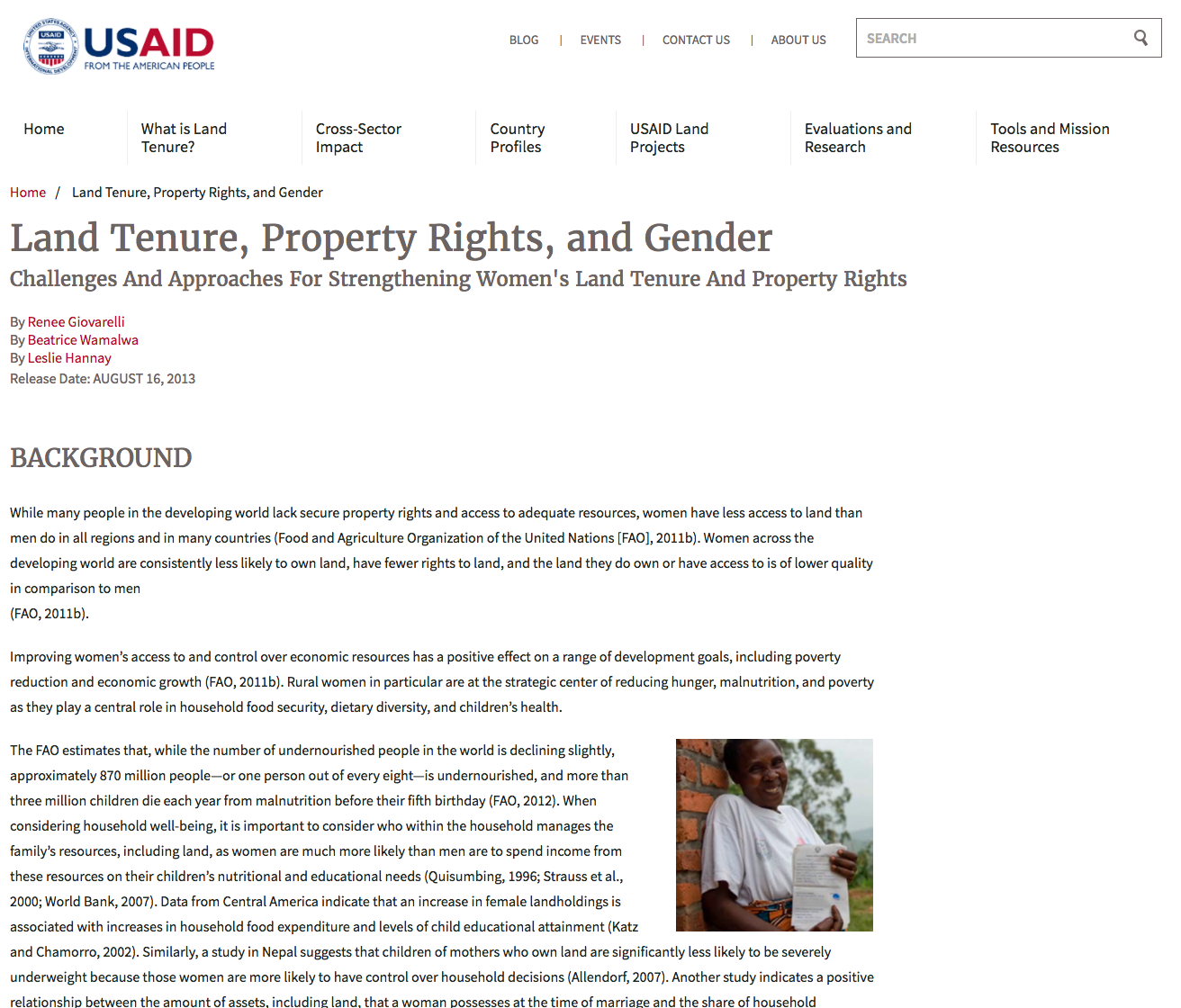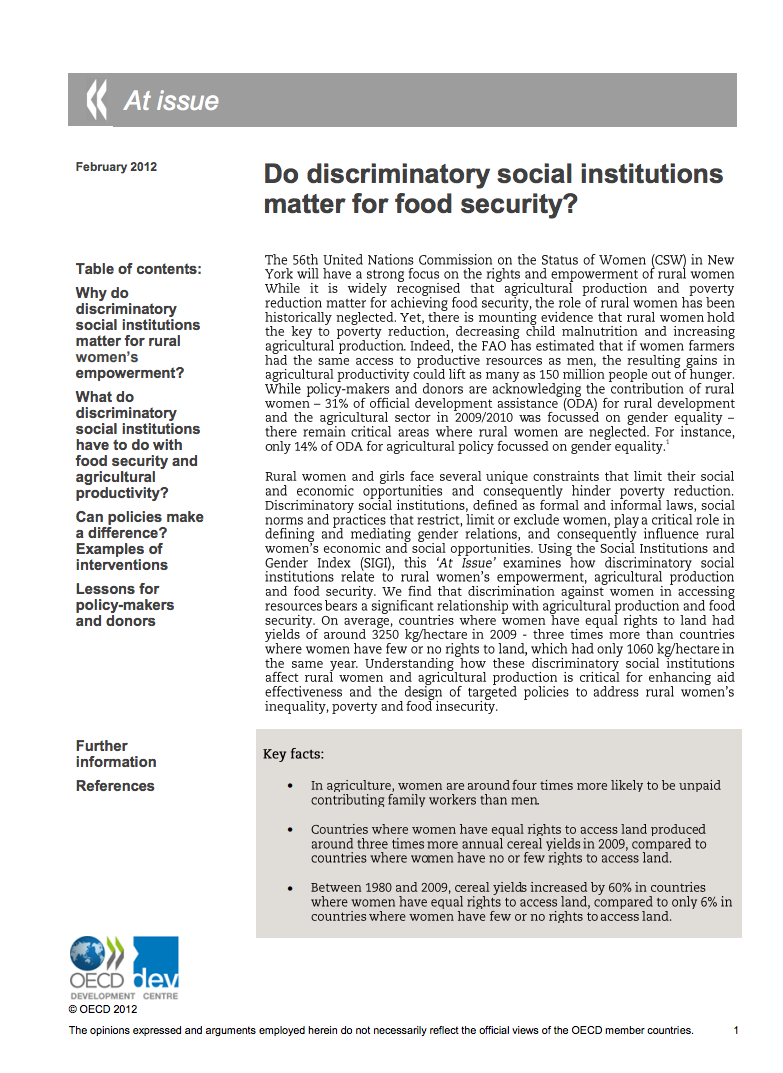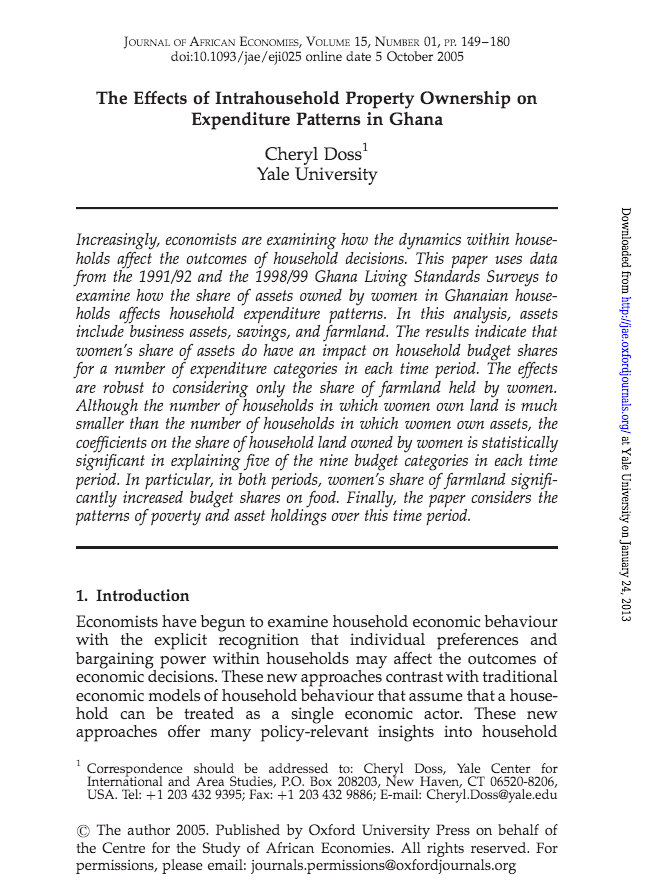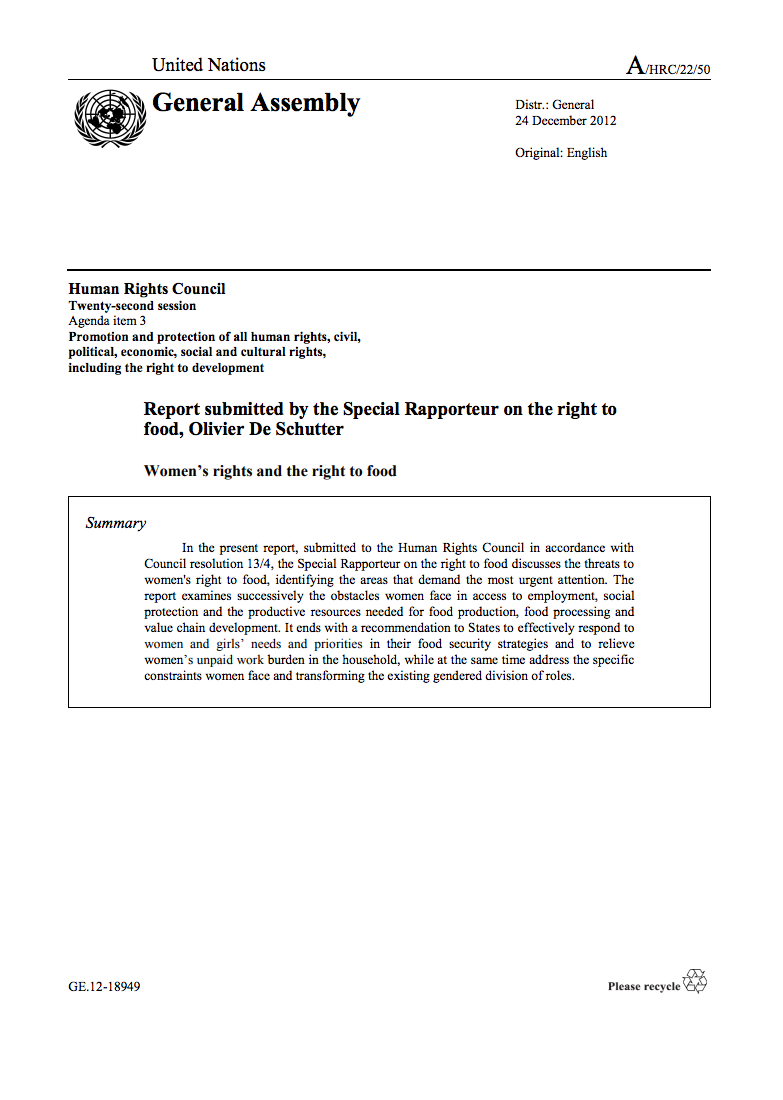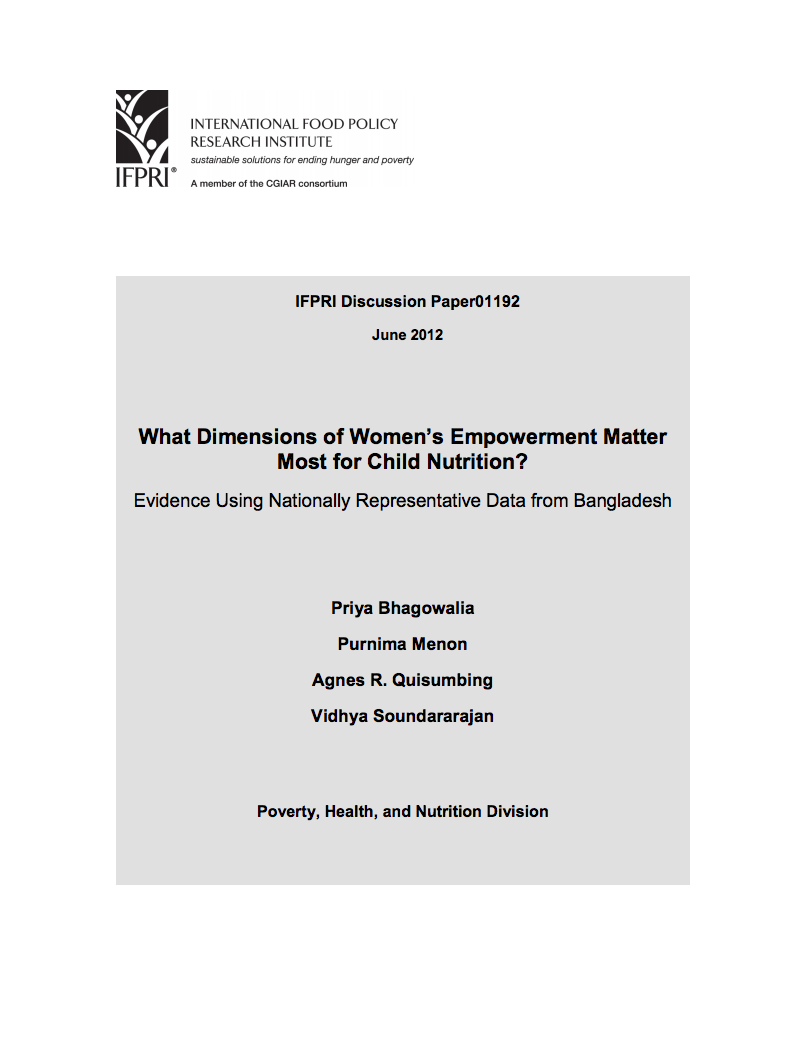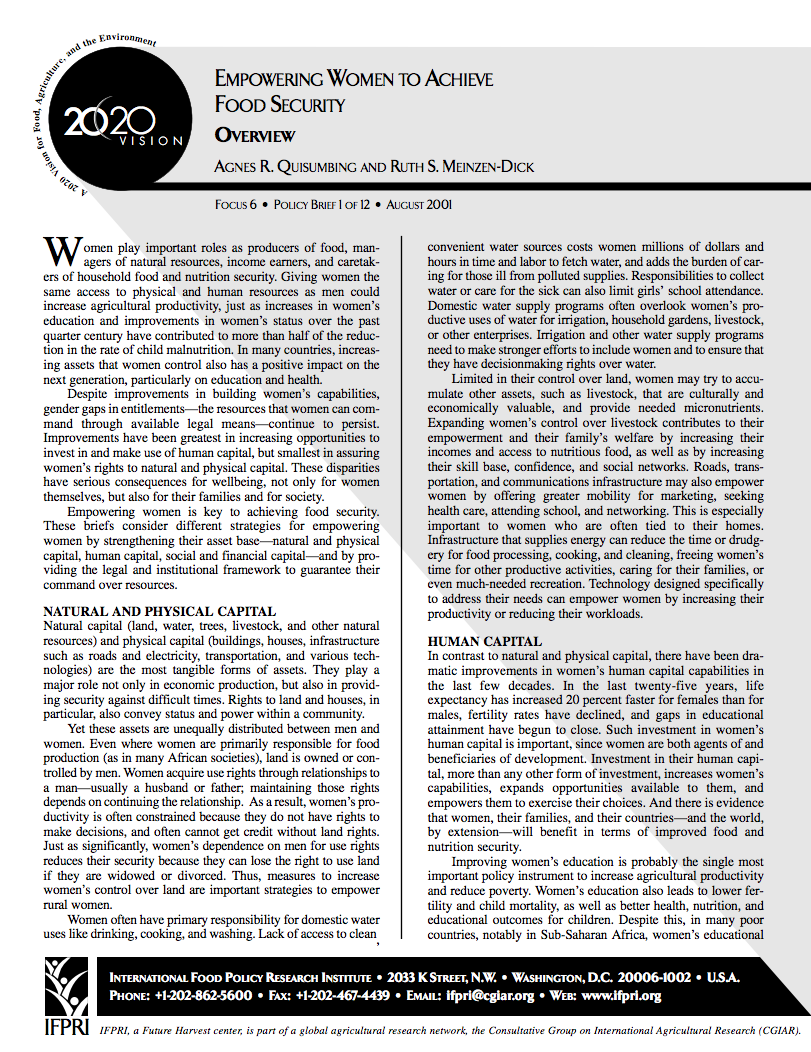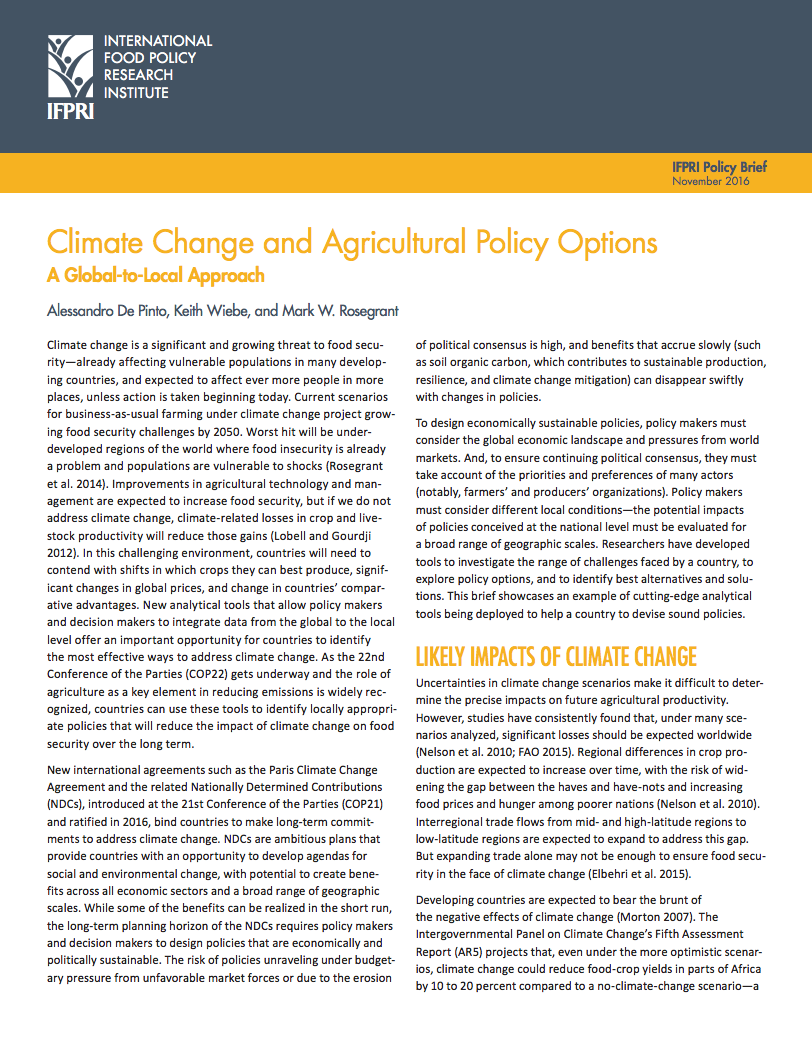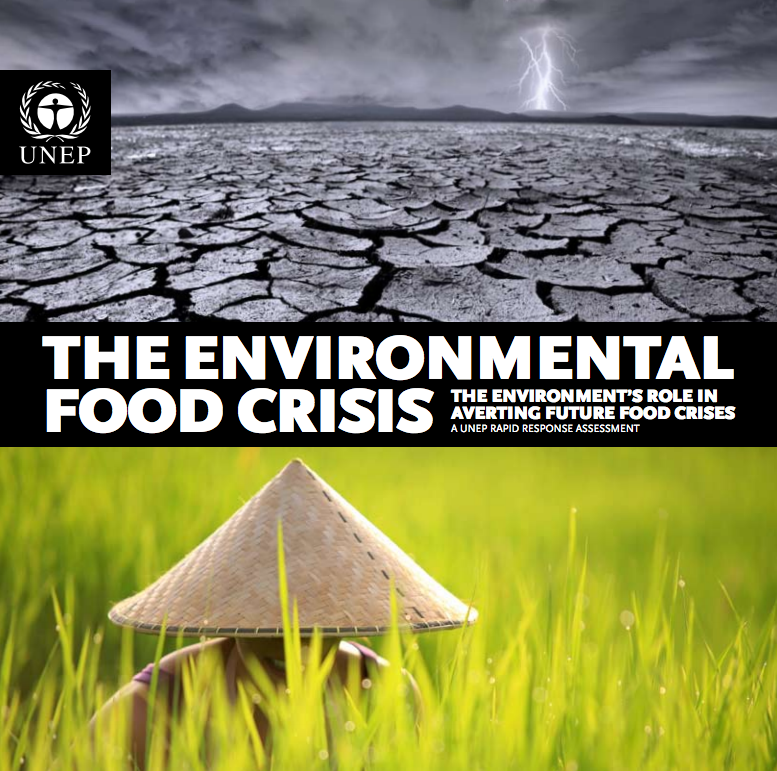Paving the Way for Development?
Given its vast land resources and favorable water supply, the Democratic Republic of Congo’s (DRC’s) natural agricultural potential is immense. However, the economic potential of the sector is handicapped by one of the most dilapidated transport systems in the developing world (World Bank 2006). Road investments are therefore a high priority in the government’s investment plans and those of its major donors.

